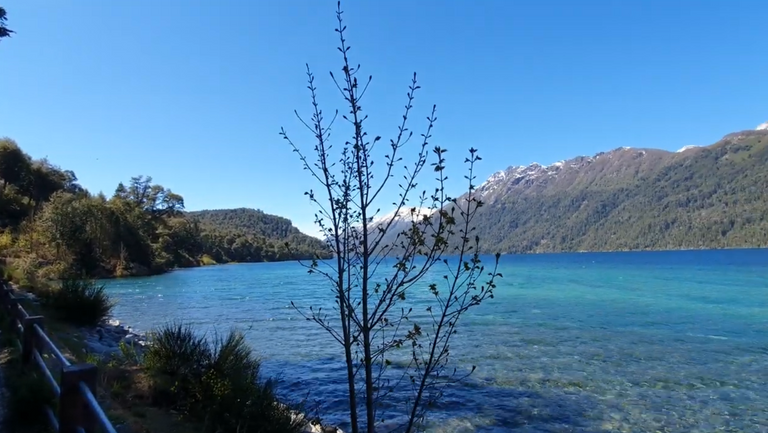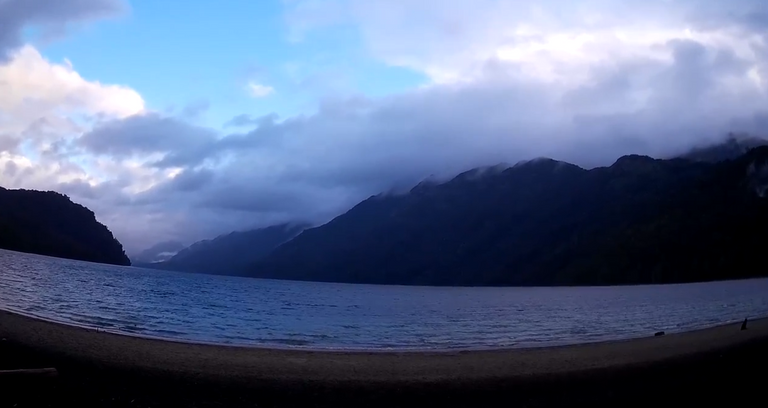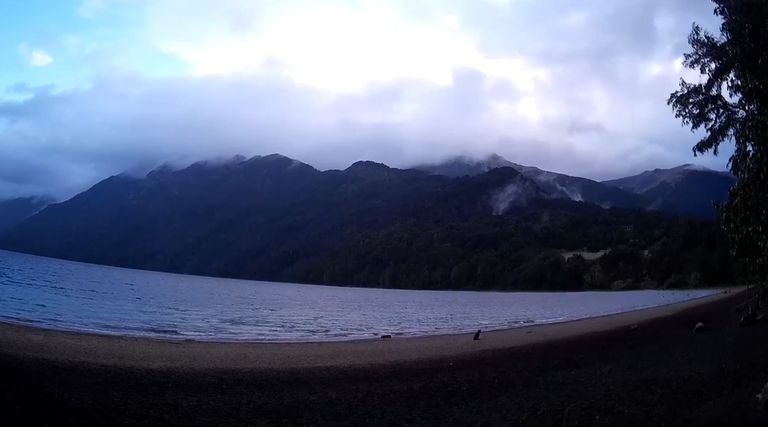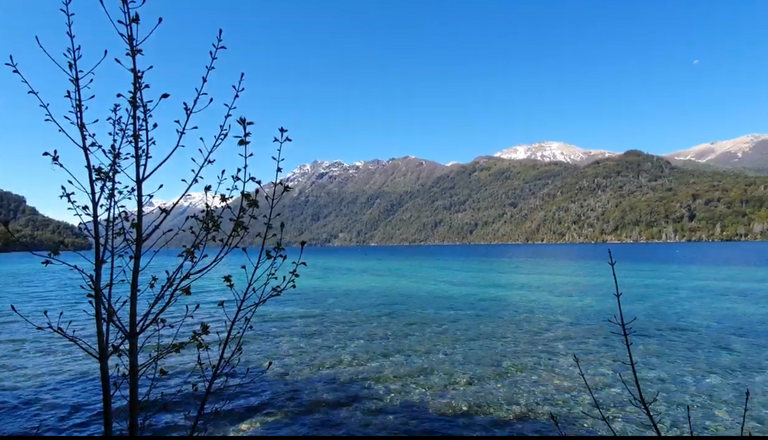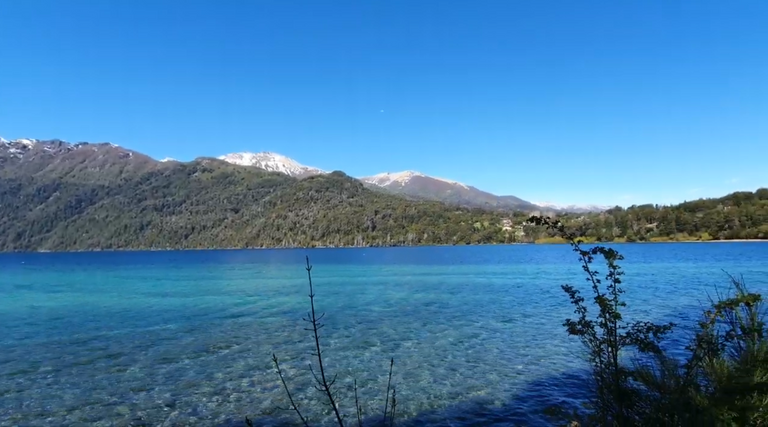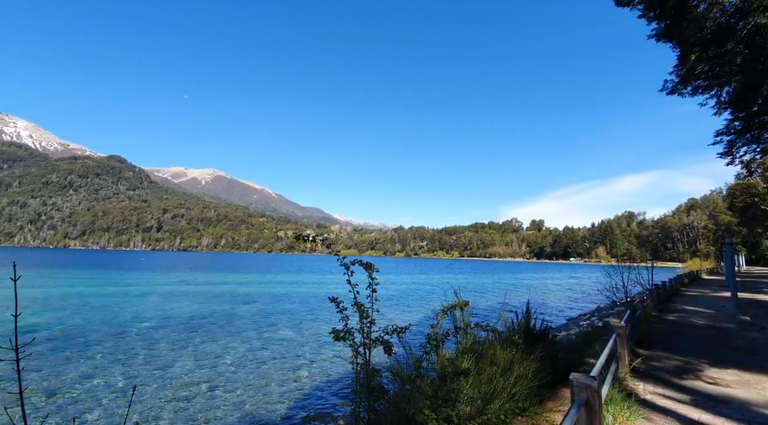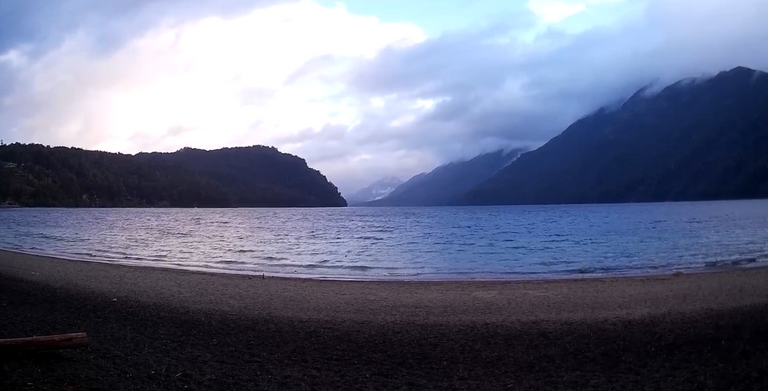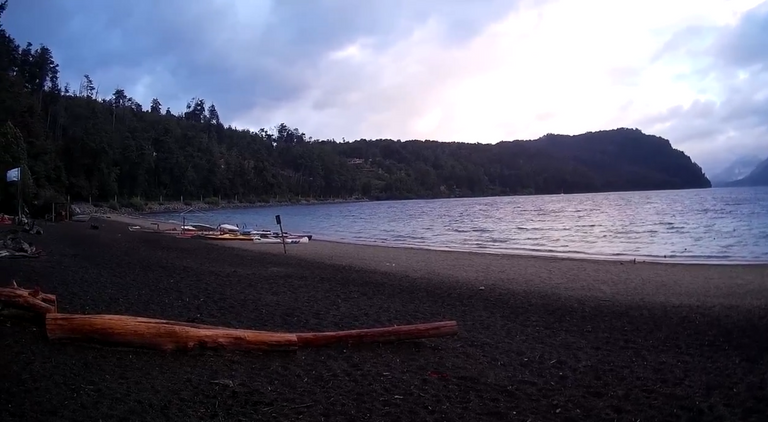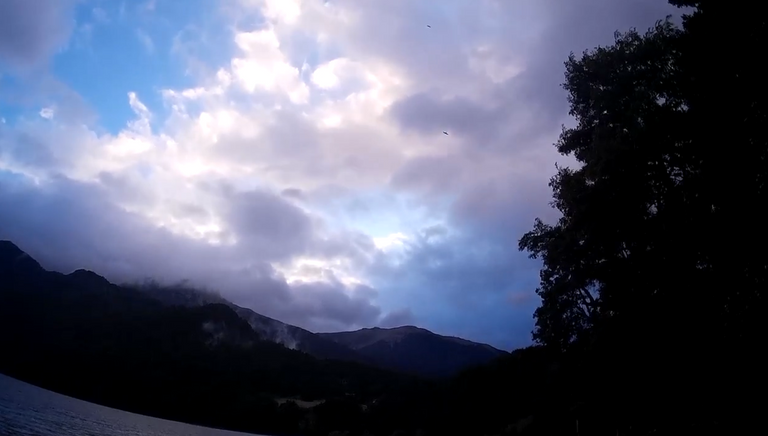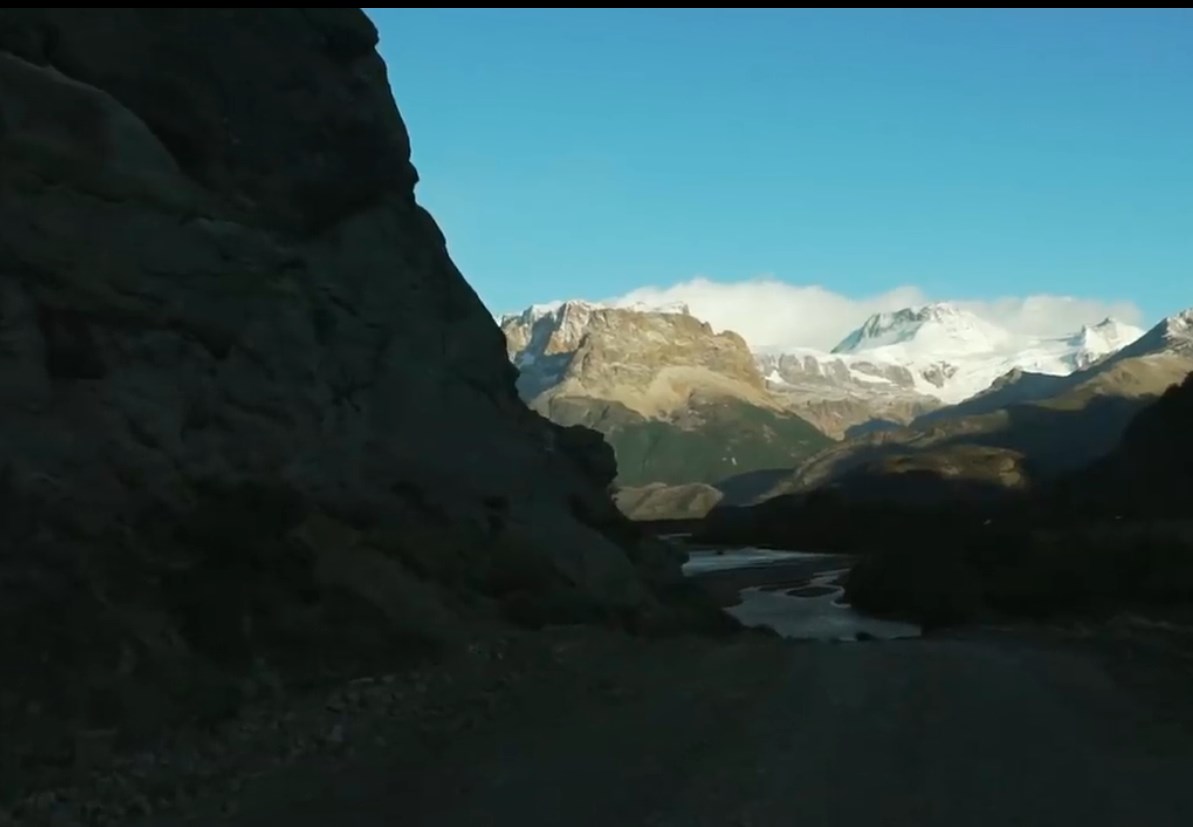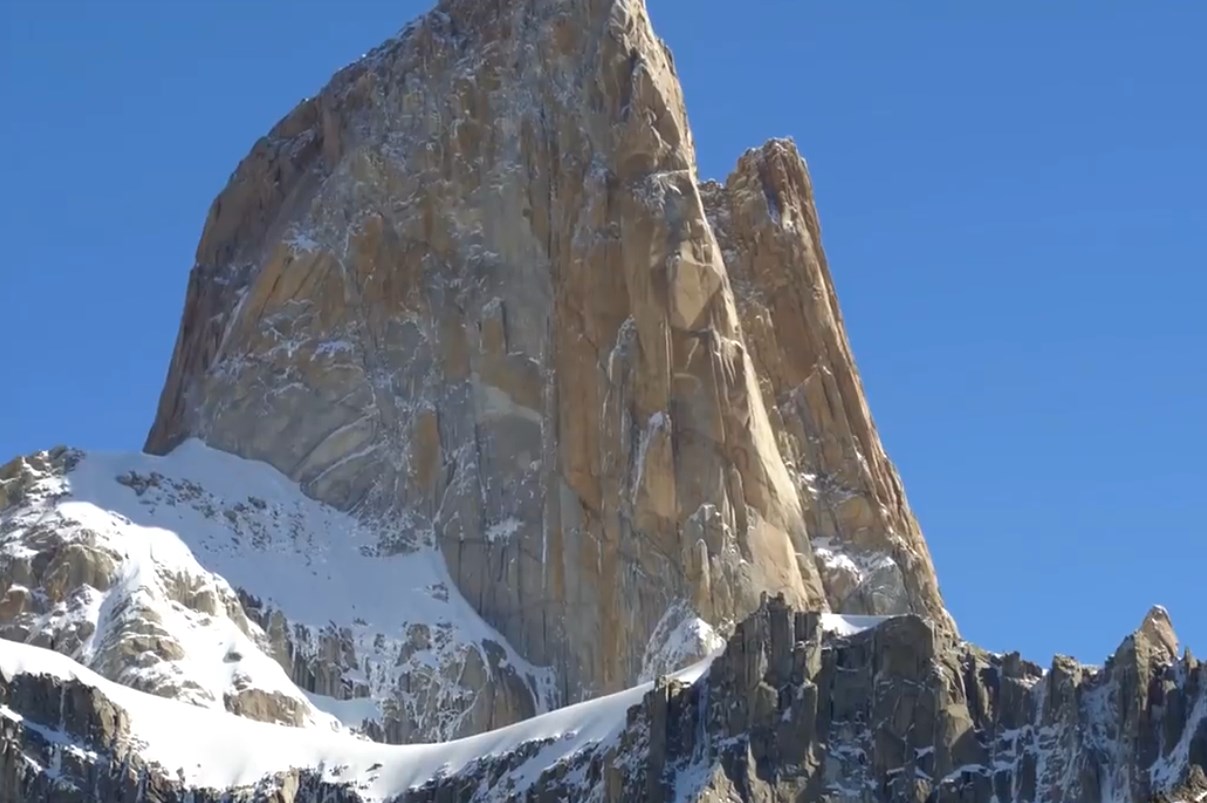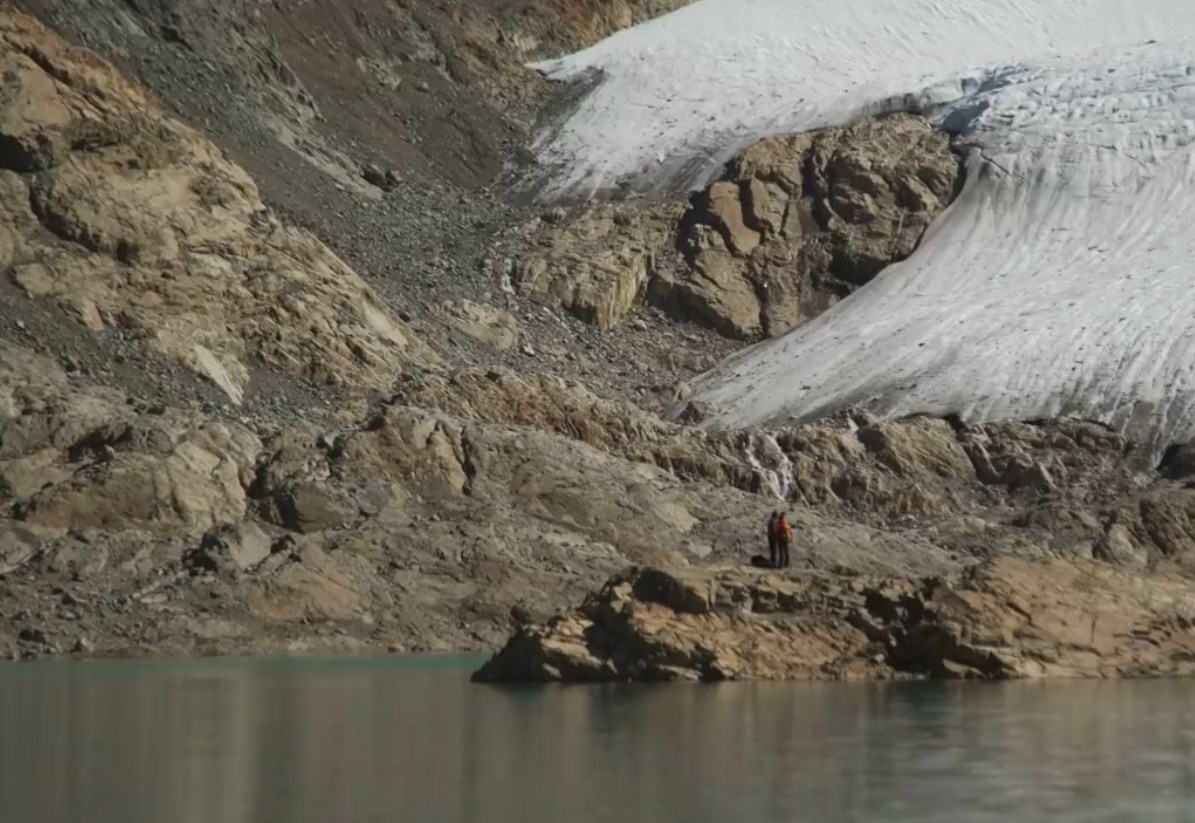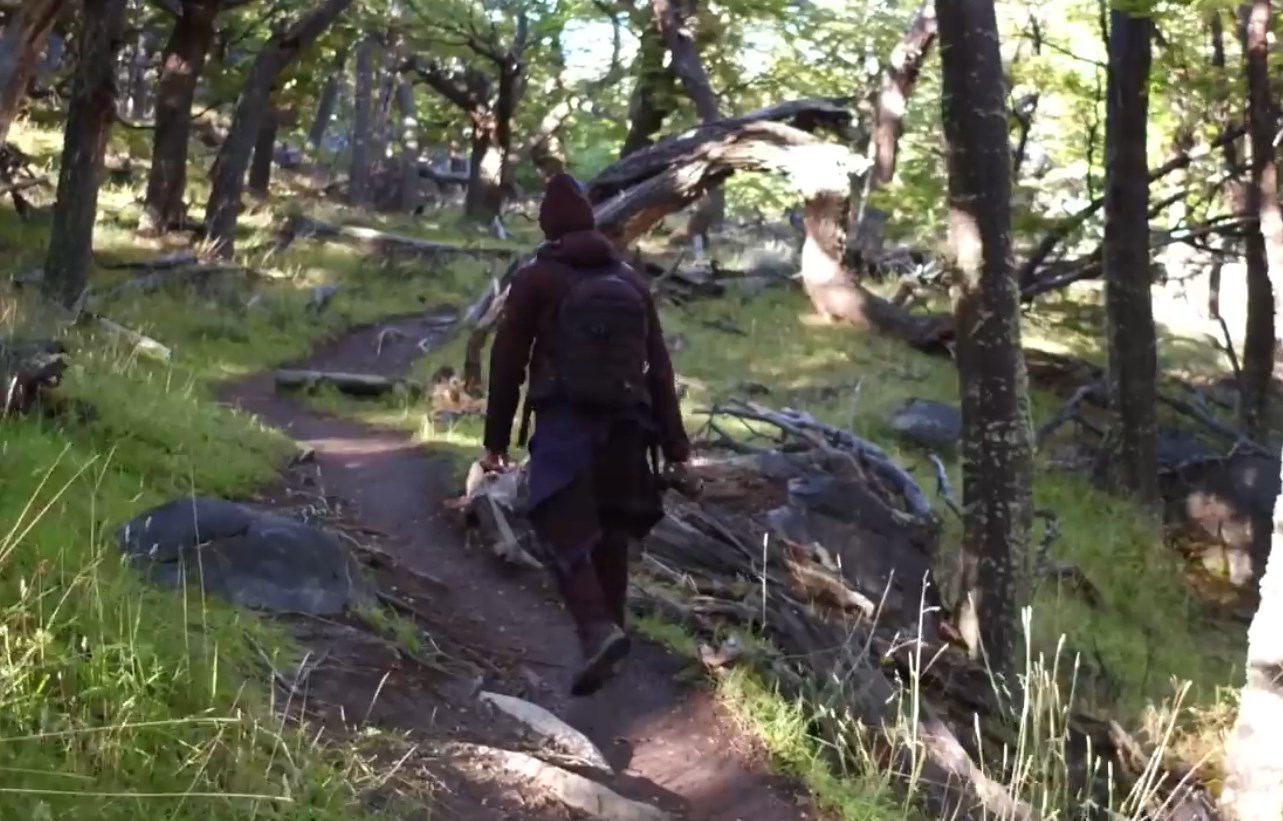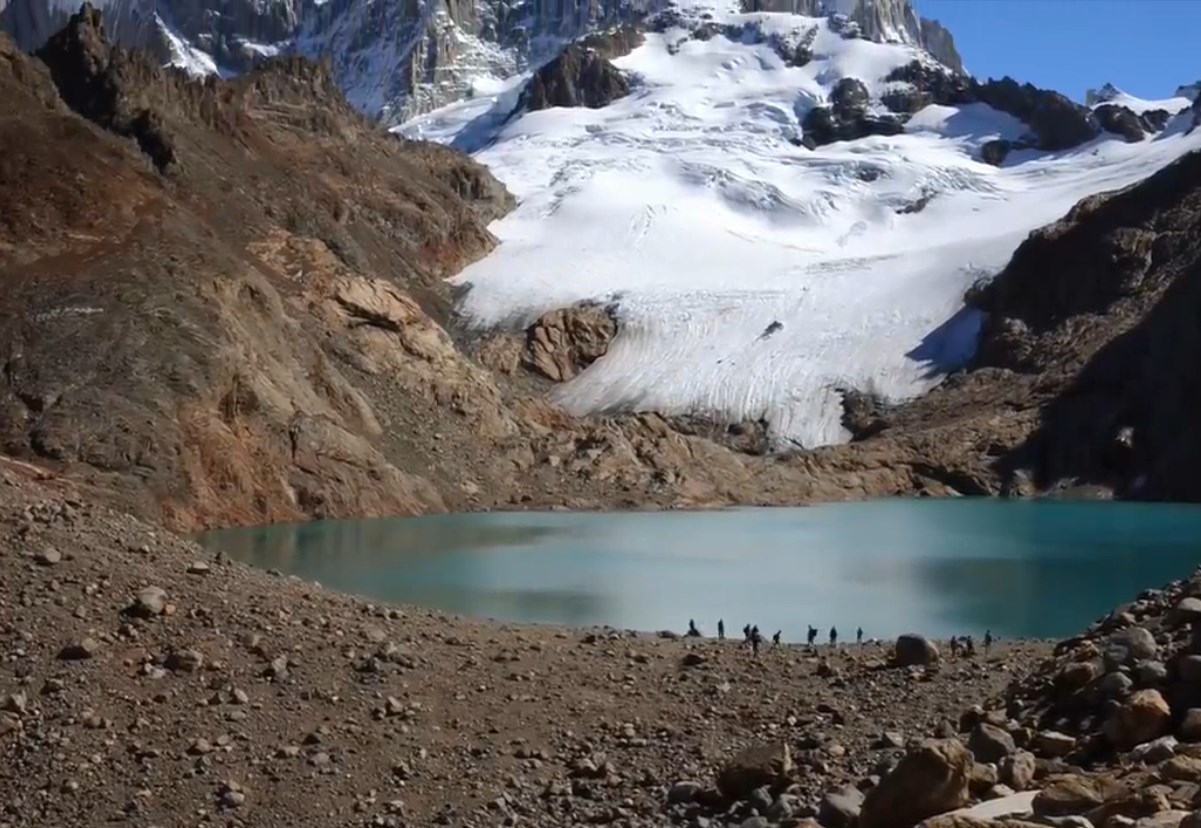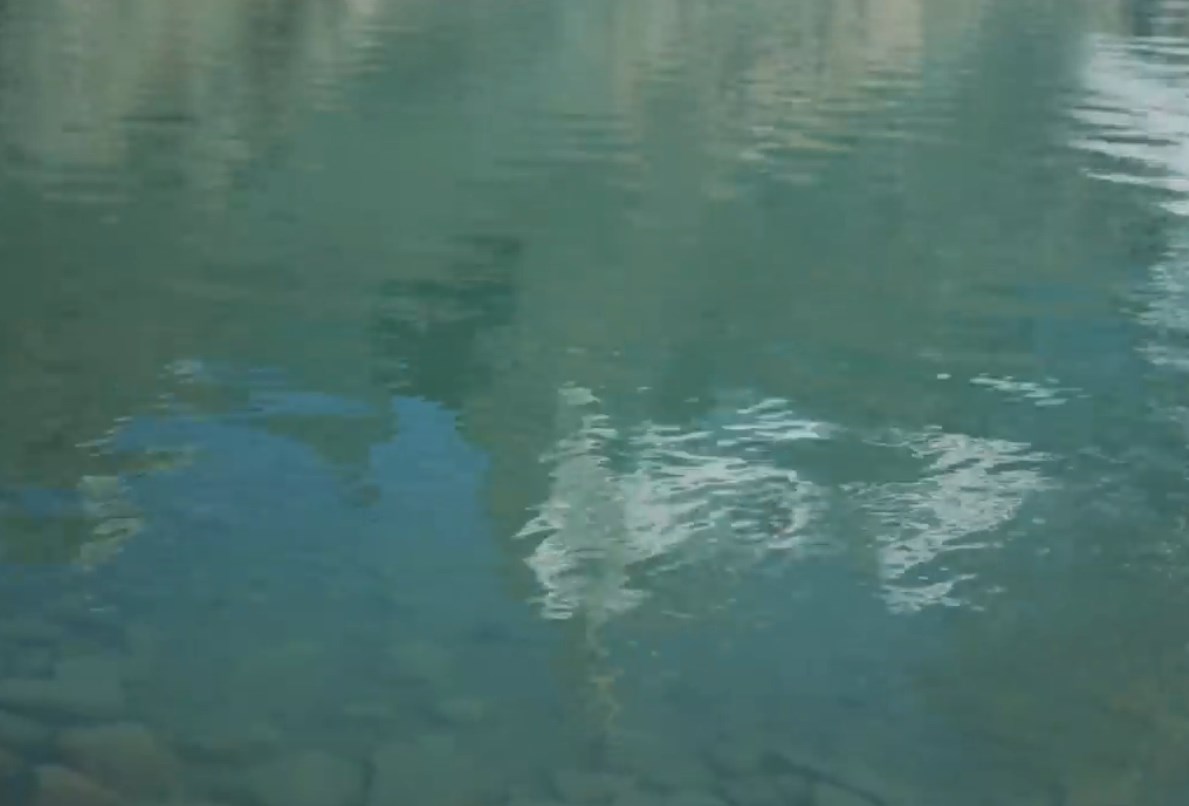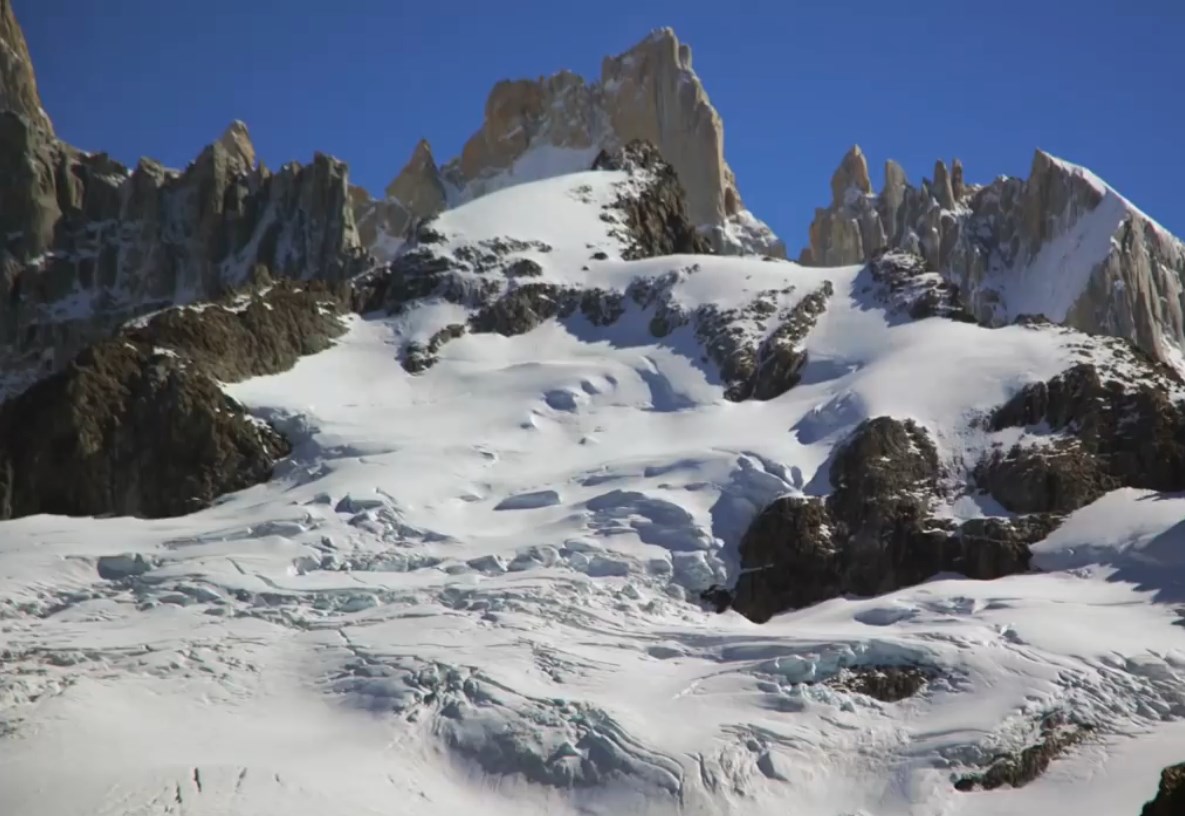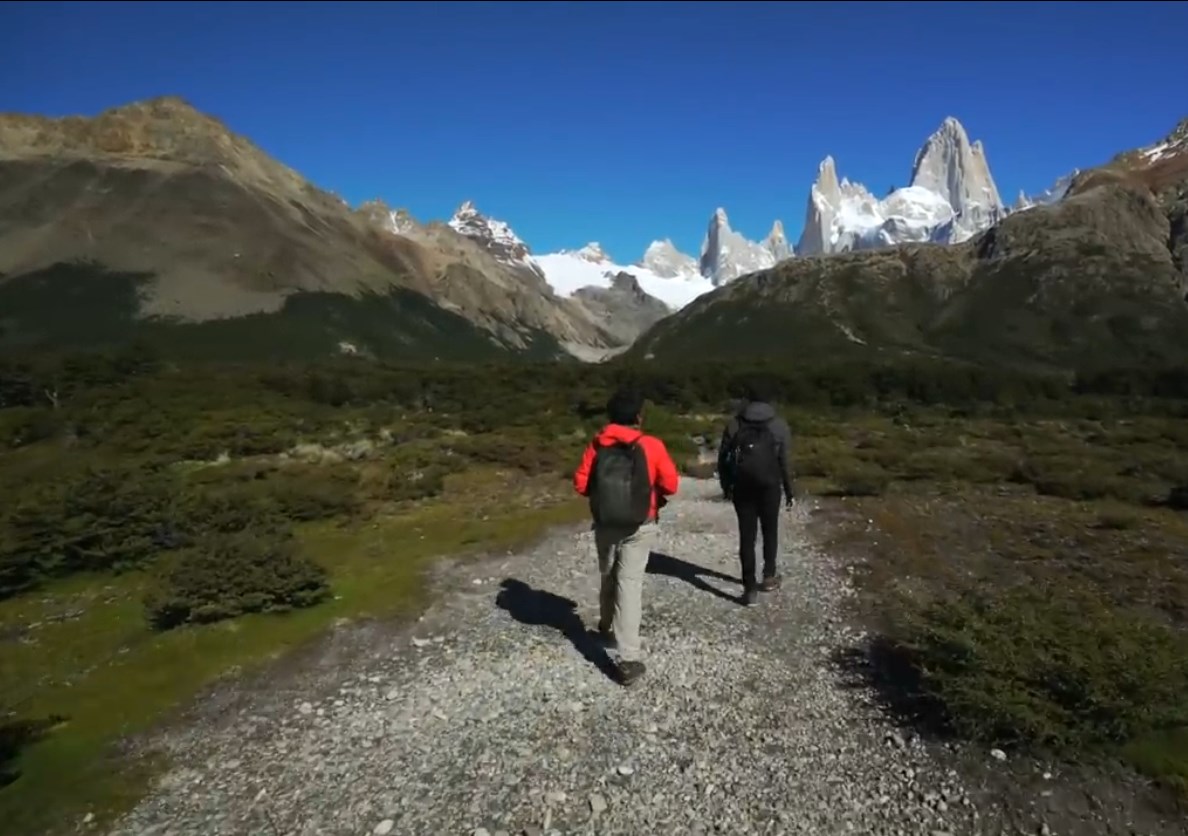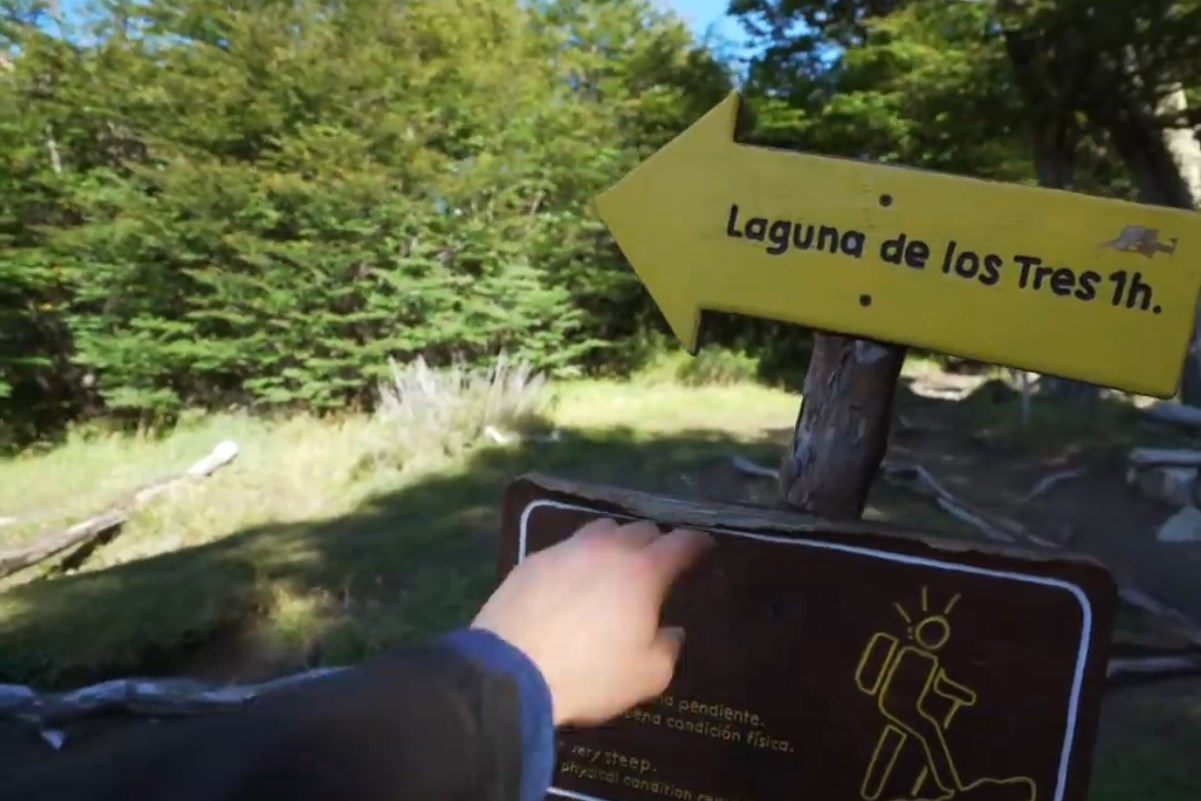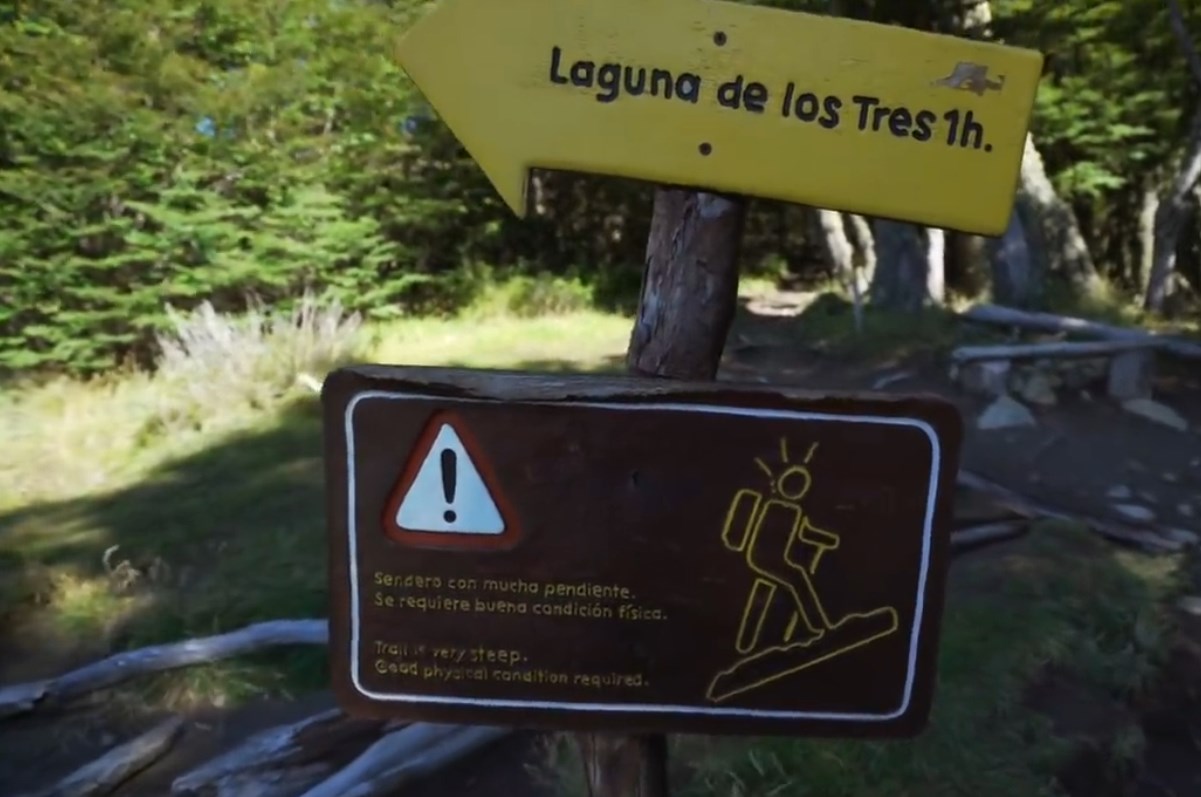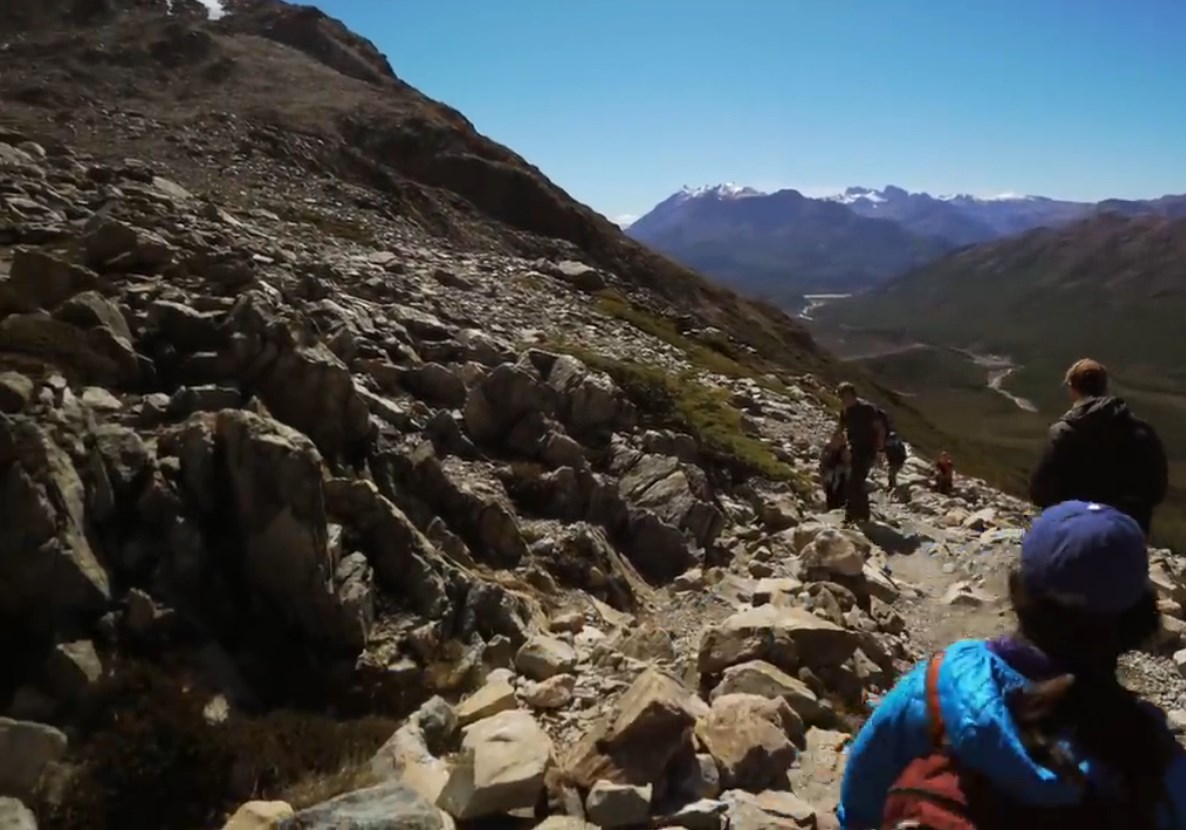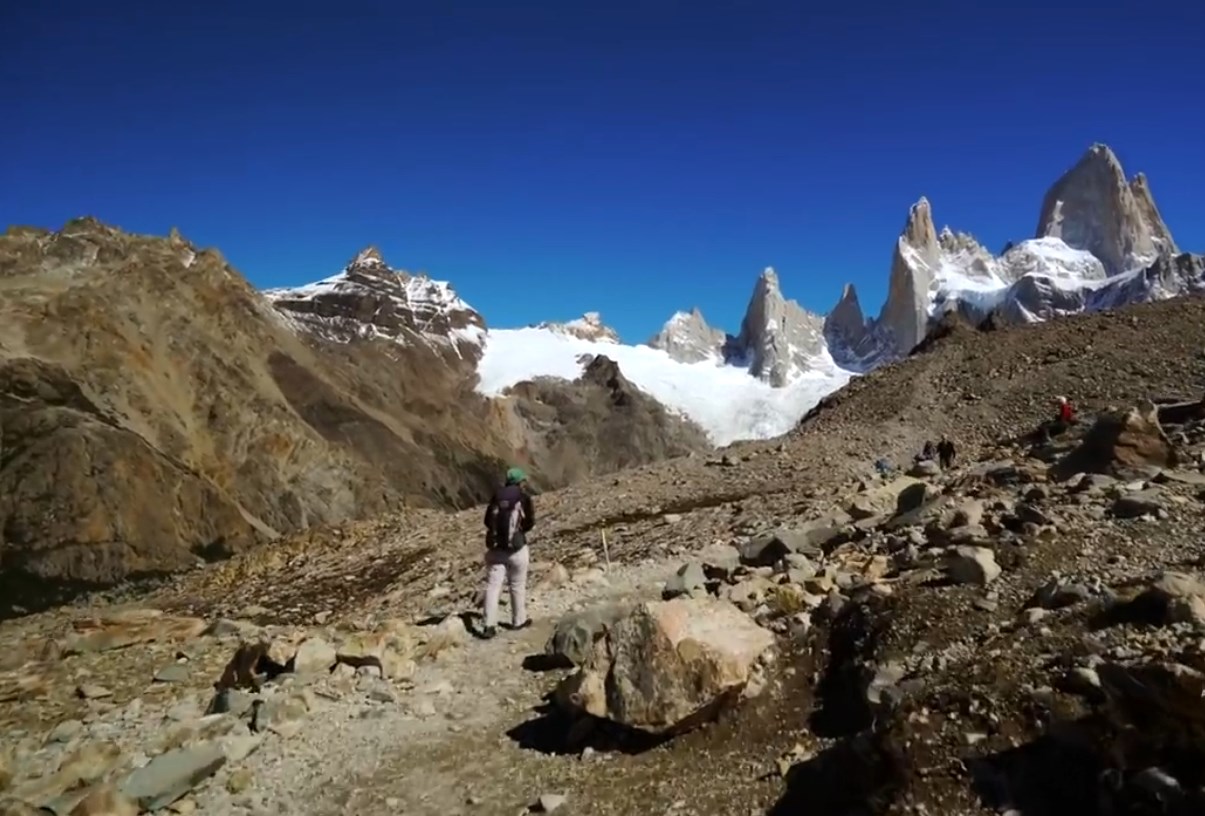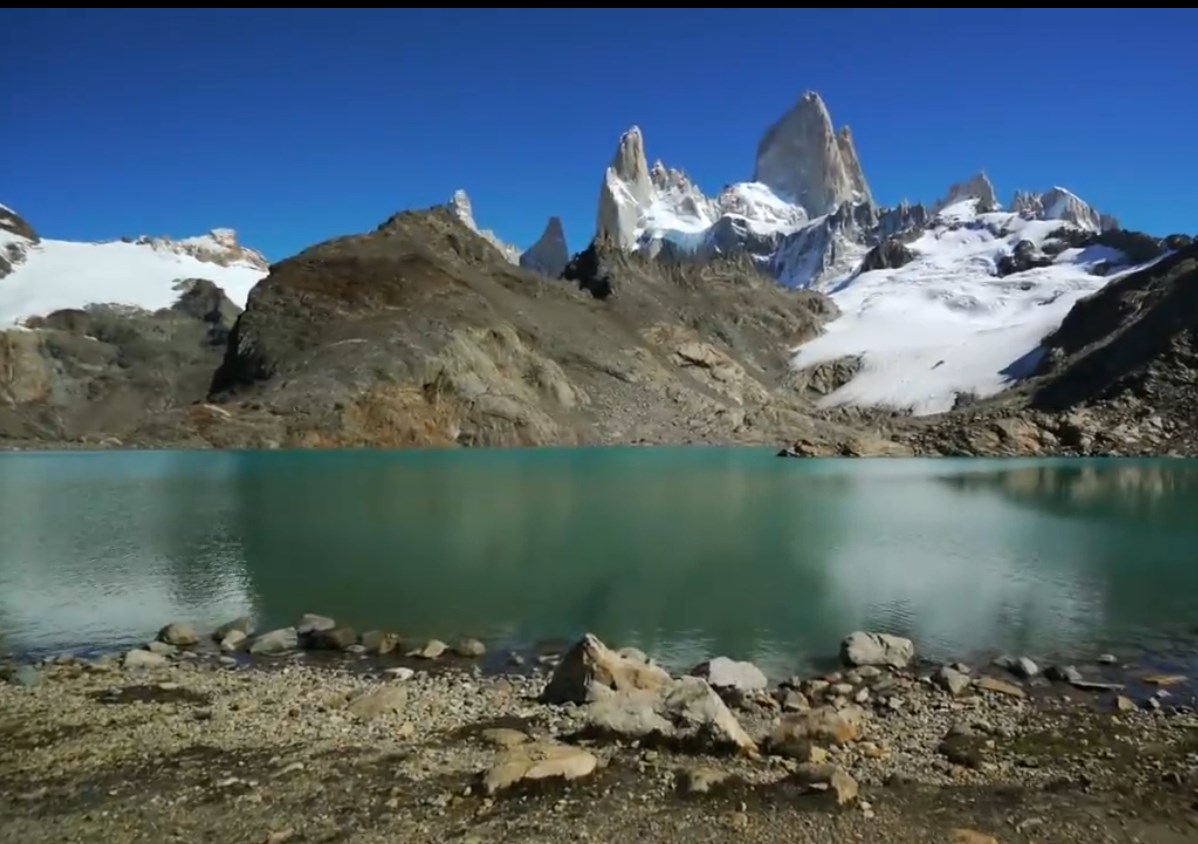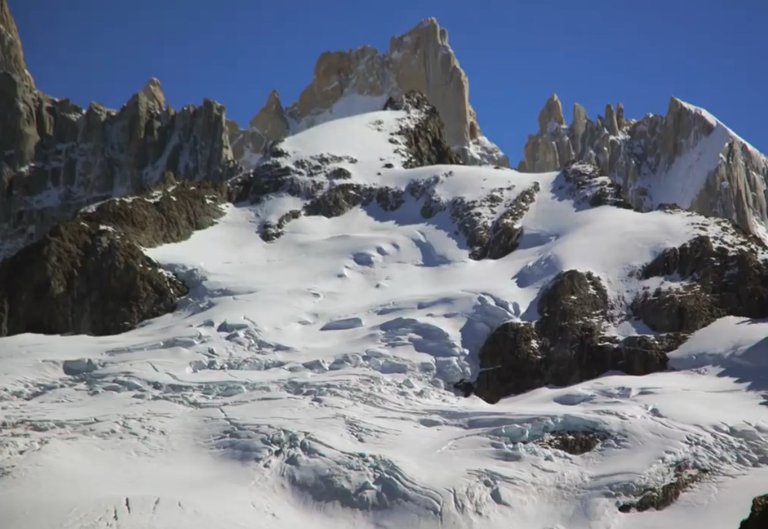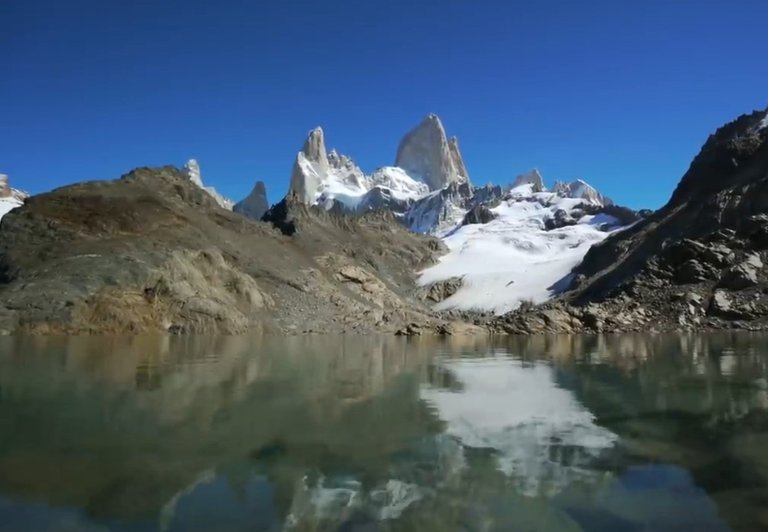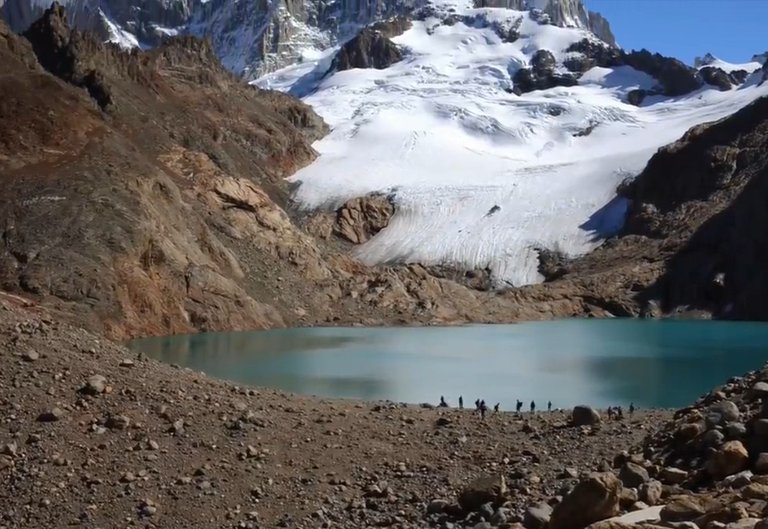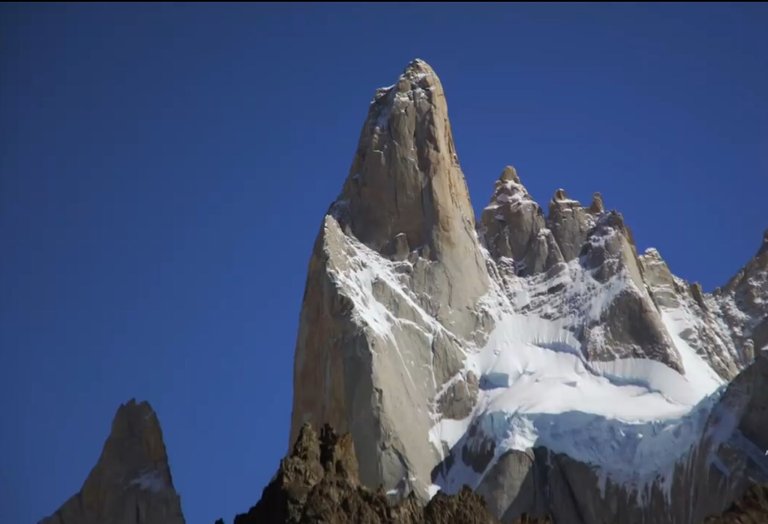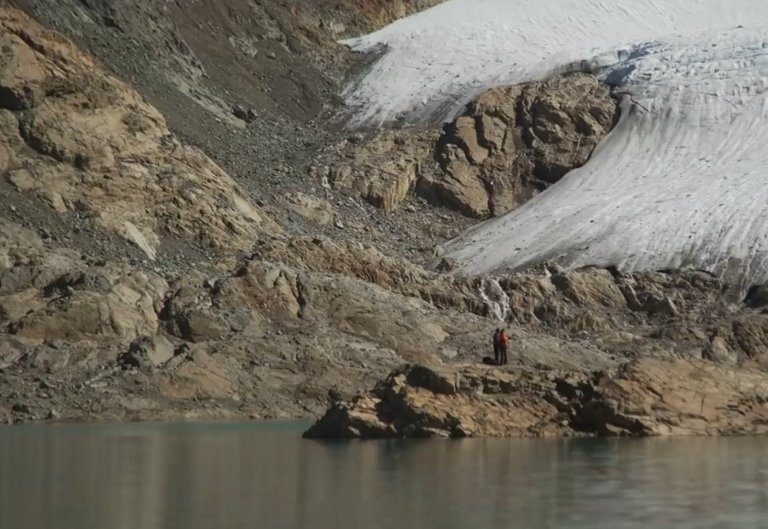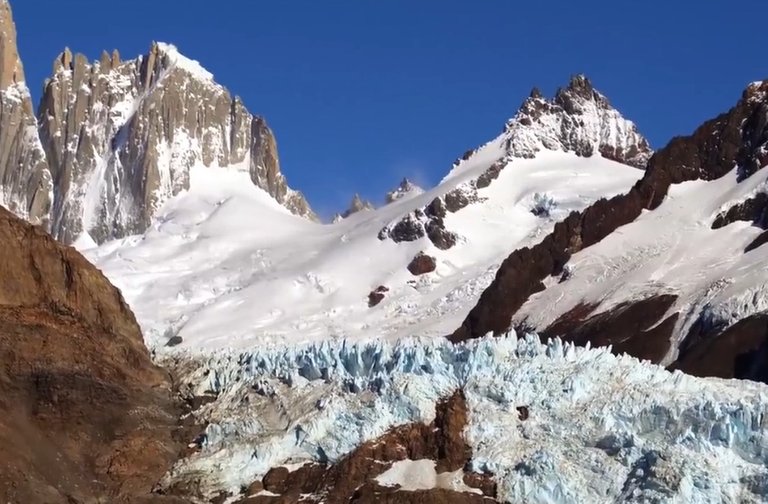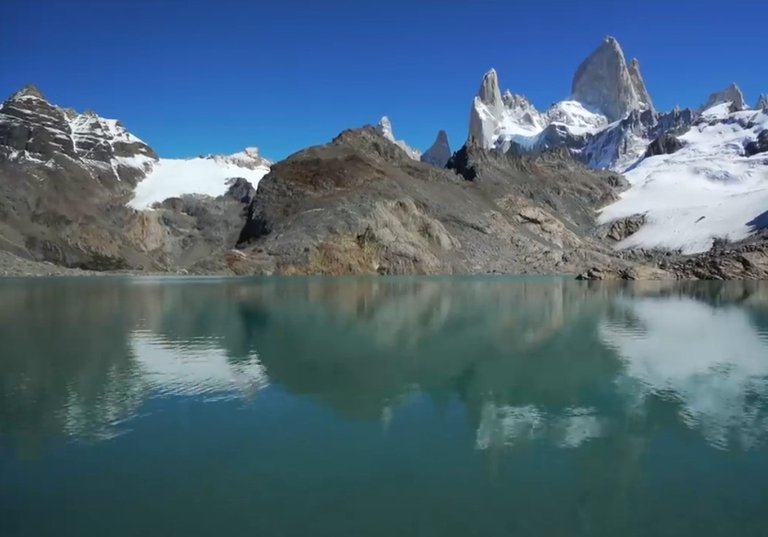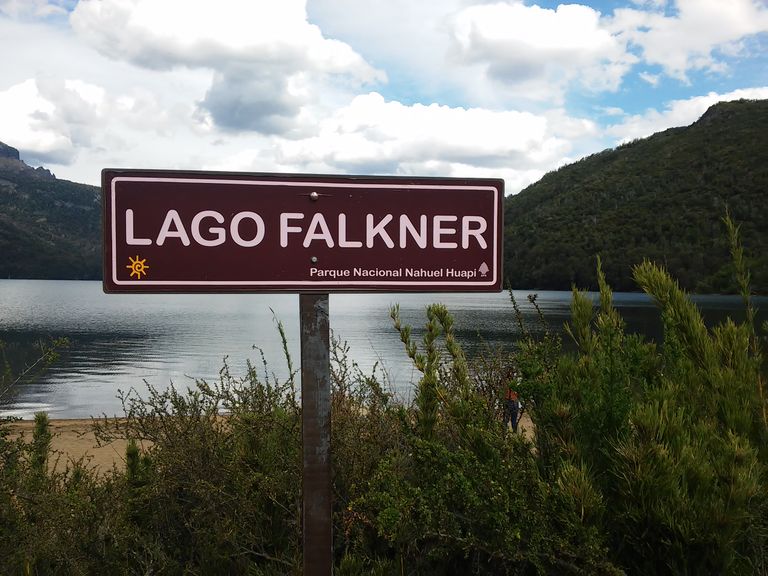
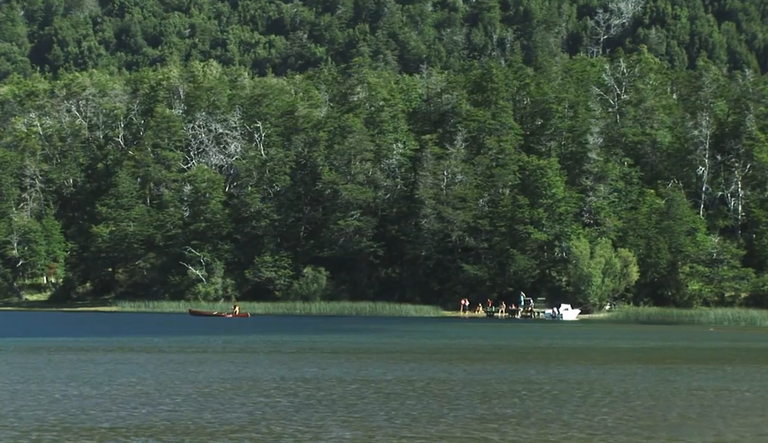
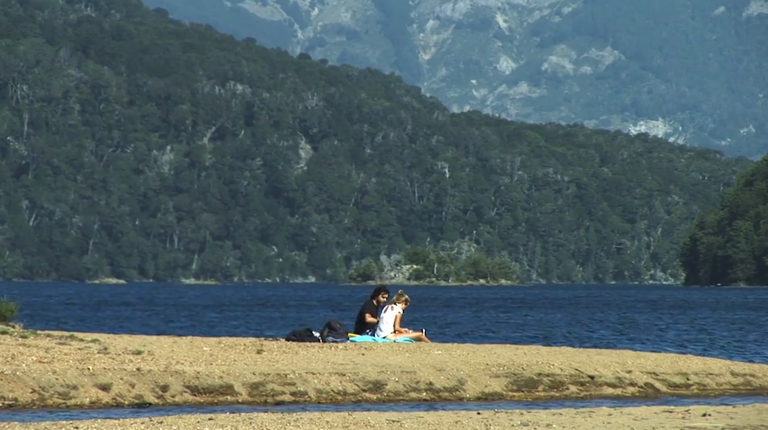
Sigo con la reseña sobre la Ruta de los Siete Lagos ese lugar maravilloso que se entiende por la patagonia argentina.
Hoy les voy a hablar del Lago Falkner. Uno de los más hermosos que componen la llamada Ruta de los Siete Lagos, protegido del viento -a diferencia del Lago Correntoso- del cuál les hablé en el post anterior, y con enormes playas de arena ideales para el descanso.

Se encuentra a sólo 50 kms de San Martín de los Andes. Y pueden acceder a é a través de la Ruta 40 como hice yo o simplemente llegando hasta San Martín los Andes y desde ahí tomar la ruta del lago.
Tiene un áresa dedicada como lugar de picnic. Y también se pueden comprar dulces y pan casero a los pobladores del lugar.
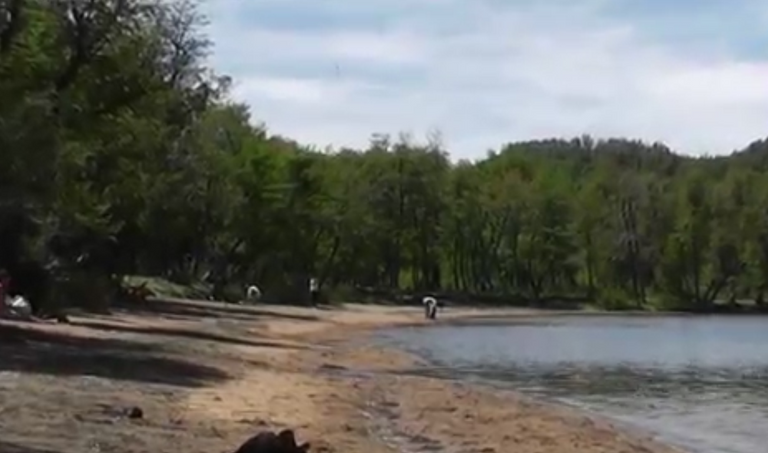
Su nombre lo lleva en honor a la memoria de Tomás Falkner, sacerdote jesuita misionero del siglo XVIII de origen inglés, quien si bien nunca visitó la región donde se ubica el lago que lleva nombre, después de realizar una importante tarea de evangelización de los indios del sur de la actual provincia de Buenos Aires, recogió importantes datos geográficos acerca de la misma que plasmó en su conocida obra "Descripción de la Patagonia y de las partes contiguas de la América del Sur".
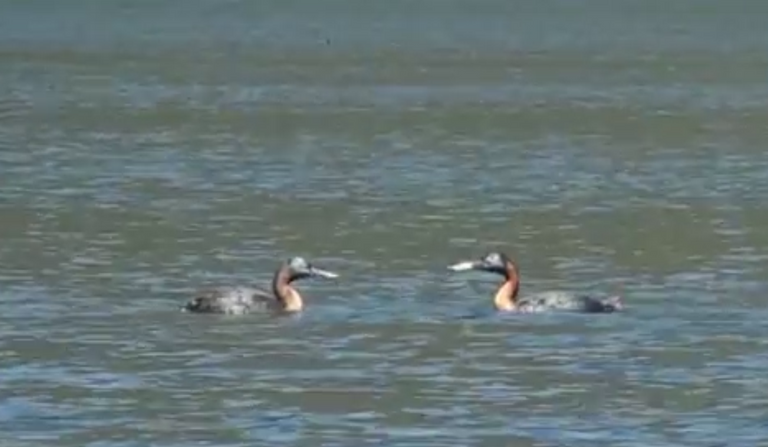
Hasta ahora les he hablado de tres lagos que forman esta verdadera ruta natural. Por lo que estoy a mitad de camino.
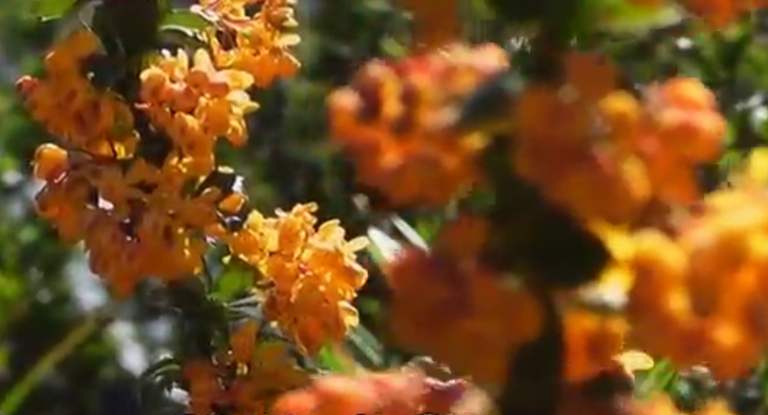
They are:
Ellos son:
El Lago Espejo.

El Lago Hermoso.
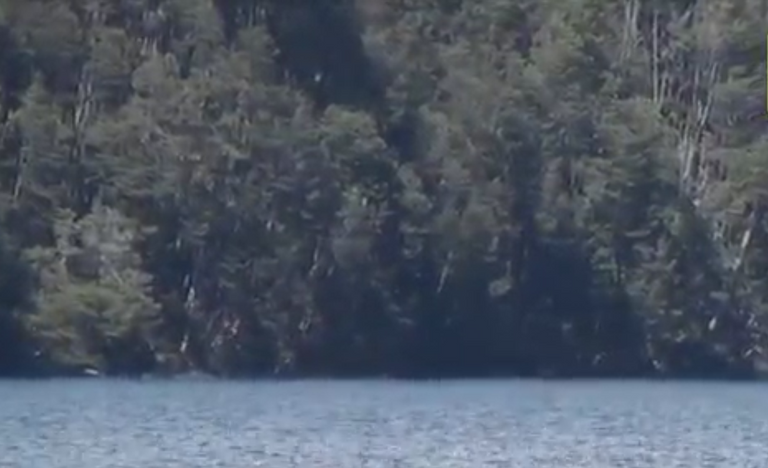
El Lago Correntoso.
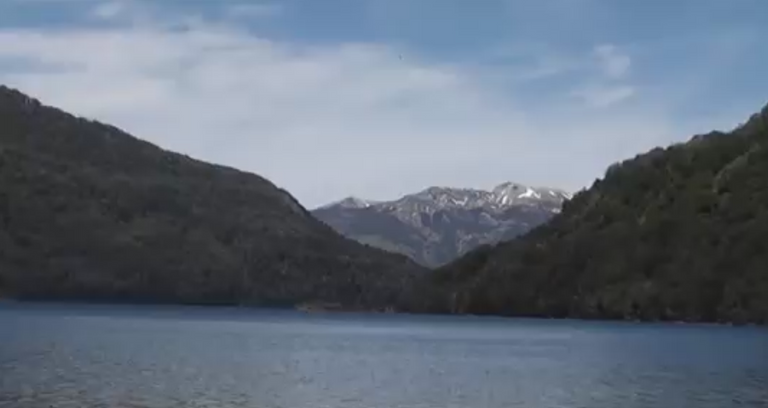
El Lago Falkner, a mitad de camino entre San Martín y La Angostura, presenta el mix ideal: agua transparente, pesca, kayaks, canoas y snorkel y por este motivo es el más elegido por las familias pata tomarse unos dias de vacaciones.
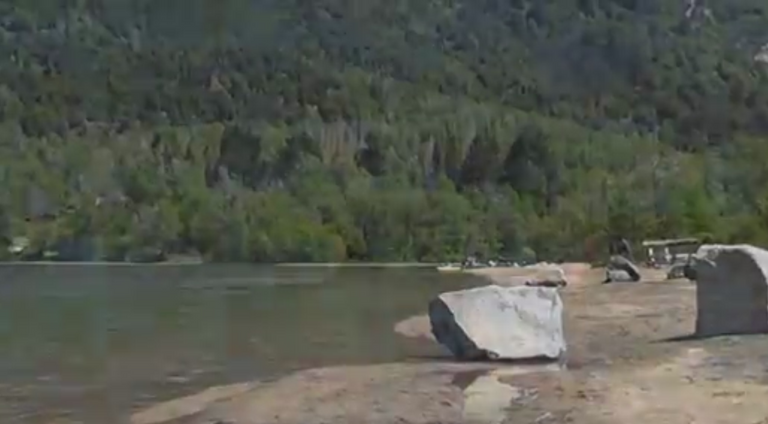
En su costa occidental se halla un campin y una pequeña hostería, únicos lugares habilitados para alojar turistas de sus inmediaciones.
Es uno de los "siete lagos" que dan nombre al circuito turístico de ese nombre, el más conocido circuito turístico de la provincia del Neuquén.
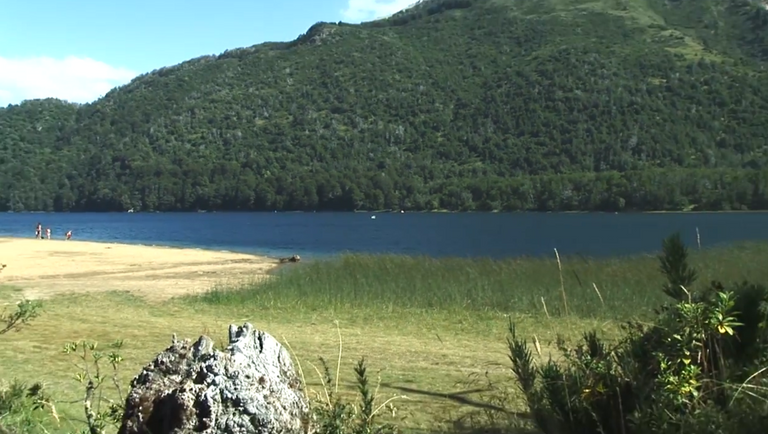
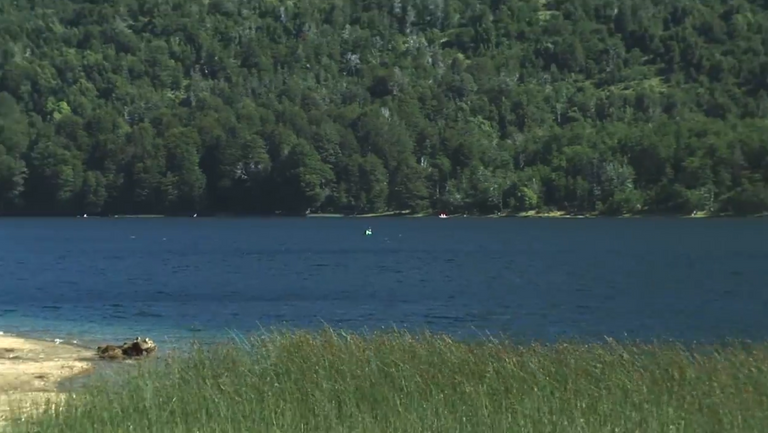



Sigo con la reseña sobre la Ruta de los Siete Lagos ese lugar maravilloso que se entiende por la patagonia argentina.
Hoy les voy a hablar del Lago Falkner. Uno de los más hermosos que componen la llamada Ruta de los Siete Lagos, protegido del viento -a diferencia del Lago Correntoso- del cuál les hablé en el post anterior, y con enormes playas de arena ideales para el descanso.

Se encuentra a sólo 50 kms de San Martín de los Andes. Y pueden acceder a é a través de la Ruta 40 como hice yo o simplemente llegando hasta San Martín los Andes y desde ahí tomar la ruta del lago.
Tiene un áresa dedicada como lugar de picnic. Y también se pueden comprar dulces y pan casero a los pobladores del lugar.

Su nombre lo lleva en honor a la memoria de Tomás Falkner, sacerdote jesuita misionero del siglo XVIII de origen inglés, quien si bien nunca visitó la región donde se ubica el lago que lleva nombre, después de realizar una importante tarea de evangelización de los indios del sur de la actual provincia de Buenos Aires, recogió importantes datos geográficos acerca de la misma que plasmó en su conocida obra "Descripción de la Patagonia y de las partes contiguas de la América del Sur".

Hasta ahora les he hablado de tres lagos que forman esta verdadera ruta natural. Por lo que estoy a mitad de camino.

They are:
Ellos son:
El Lago Espejo.

El Lago Hermoso.

El Lago Correntoso.

El Lago Falkner, a mitad de camino entre San Martín y La Angostura, presenta el mix ideal: agua transparente, pesca, kayaks, canoas y snorkel y por este motivo es el más elegido por las familias pata tomarse unos dias de vacaciones.

En su costa occidental se halla un campin y una pequeña hostería, únicos lugares habilitados para alojar turistas de sus inmediaciones.
Es uno de los "siete lagos" que dan nombre al circuito turístico de ese nombre, el más conocido circuito turístico de la provincia del Neuquén.




